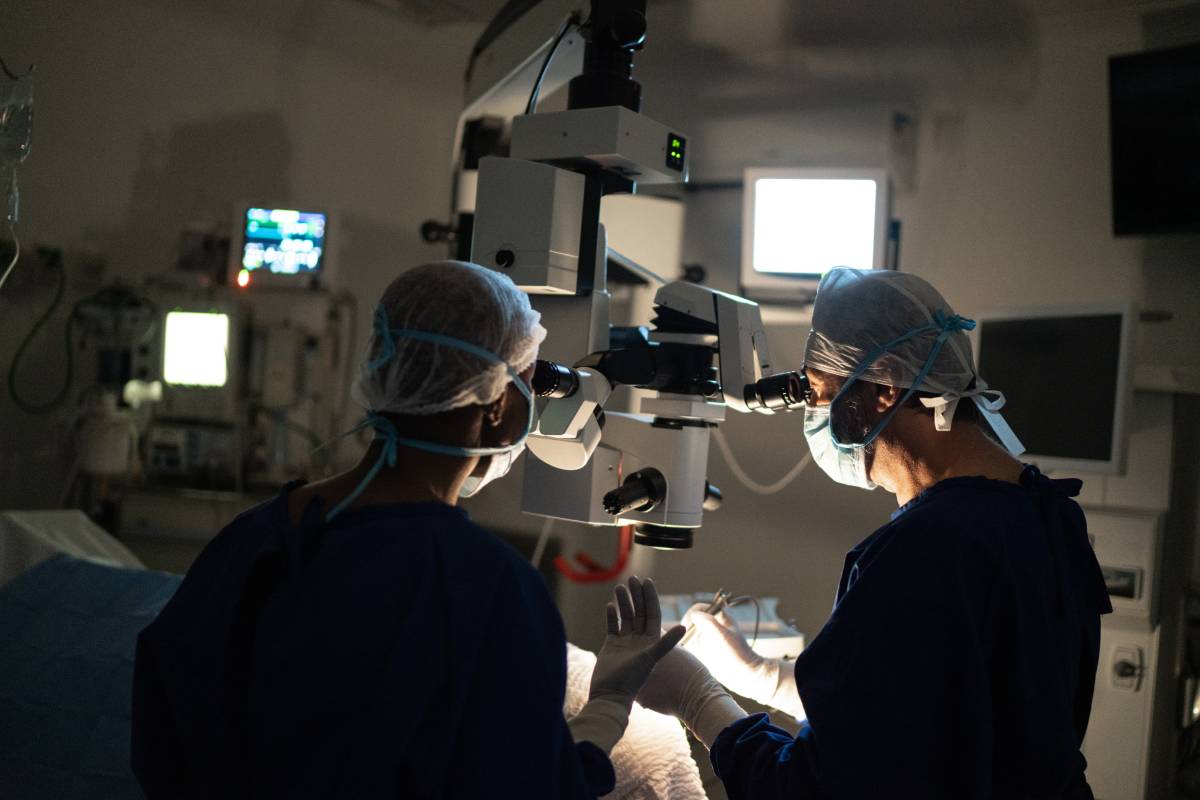First introduced in the United States in 1976, microneedles are therapeutic devices consisting of a single or an array of micrometer-sized needles attached to an applicator that deliver drug components to, most frequently, the skin’s outer layers 1 or, most recently, the eye or even ear 2,3. The potential clinical applications of microneedles is an exciting research area.
Highly efficient and versatile, microneedles have garnered significant scientific and industrial attention in the past decades for their unique set of properties, including cheap manufacturing, excellent therapeutic efficacy, and relative safety 4. In addition, they are minimally invasive and easy to make, have excellent biocompatibility, and can deliver drugs by bypassing the body’s first-pass metabolic barrier – allowing for immediate and direct therapeutic delivery into systematic circulation 5. The recent rapid development of the high precision microelectronics industry has galvanized the progress of clinically applicable microneedles, of which there currently exist four core types – solid, coated, dissolving, and hollow 4 – spanning various biomedical applications. These include disease diagnosis, disease treatment through drug delivery, immunobiological administration, and cosmetic procedures.
For disease diagnosis, hollow microneedles are used to puncture the skin to extract subcutaneous interstitial fluid from the epidermis. The extracted metabolites can then be analyzed to diagnose a panel of diseases ranging from cancer, atherosclerosis, thrombosis, cardiovascular disorders, and diabetes 6.
Microneedles are equally important in the treatment of various diseases – including cancer, diabetes, obesity, Alzheimer’s disease, neuropathic pain, or migraine. Small molecular drugs are delivered to this end via microneedles 4. However, microneedles can also be used to deliver, in a controllable manner, substances beyond medication, such as vaccines, various hormones, or proteins 7.
A particularly interesting clinical application of microneedles is in the context of cancer-targeted immunotherapy. Indeed, these can directly target the high concentration of subcutaneous immune cells while minimizing the challenges – such as pain and needle phobia – of traditional vaccination methods. Microneedles as such can be harnessed to vaccinate or treat different diseases, such as cancer and autoimmune disorders, through drug or vaccine delivery with minimal invasiveness and side effects 5.
Finally, microneedles can be applied to cosmetic procedures. In so doing, the minimally invasive dermal application of microneedles can form transient holes, enhancing penetration and spontaneously triggering wound repair mechanisms 8; direct and indirect applications include the treatment of scars, hyperpigmentation, wrinkles, alopecia, and actinic keratosis.
In the future, the development and clinical efficacy of microneedles will be contingent on a number of key elements. First, FDA approval for novel biomaterials used in the microneedles delivery system will be a core prerequisite. Second, enhancing the mechanical properties of microneedles will be critical to their successful clinical translation and eventual biomedical commercialization. Microneedles are currently built based on a slew of different materials and methods, including three-dimensional printing 4. While researchers have also begun to explore polymers to generate biocompatible or dissolvable polymeric microneedles with minimum side effects 3, ensuring sustainable biocompatibility will prove key. Finally, negative side effects such as pain and adverse events have been reported across a number of studies 9; these will need to be addressed at an individual level to guarantee the sustainable clinical deployment of microneedles.
As an emerging biomedical tool, microneedles have demonstrated profound promise for biomedical applications. However, unbiased randomized controlled trials are needed to confirm and specify their safety and efficacy profiles in the context of their specific clinical applications, alongside ongoing research continues to perfect their development and manufacturing.
References
- Nguyen TT, Park JH. Human studies with microneedles for evaluation of their efficacy and safety. Expert Opin Drug Deliv. 2018. doi:10.1080/17425247.2018.1410138
- Peppi M, Marie A, Belline C, Borenstein JT. Intracochlear drug delivery systems: a novel approach whose time has come. Expert Opin Drug Deliv. 2018. doi:10.1080/17425247.2018.1444026
- Thakur RRS, Tekko IA, Al-Shammari F, Ali AA, McCarthy H, Donnelly RF. Rapidly dissolving polymeric microneedles for minimally invasive intraocular drug delivery. Drug Deliv Transl Res. 2016. doi:10.1007/s13346-016-0332-9
- Yang J, Liu X, Fu Y, Song Y. Recent advances of microneedles for biomedical applications: drug delivery and beyond. Acta Pharm Sin B. 2019. doi:10.1016/j.apsb.2019.03.007
- Amani H, Shahbazi MA, D’Amico C, Fontana F, Abbaszadeh S, Santos HA. Microneedles for painless transdermal immunotherapeutic applications. J Control Release. 2021. doi:10.1016/j.jconrel.2020.12.019
- Chang H, Zheng M, Yu X, et al. A Swellable Microneedle Patch to Rapidly Extract Skin Interstitial Fluid for Timely Metabolic Analysis. Adv Mater. 2017. doi:10.1002/adma.201702243
- Moffatt K, Wang Y, Raj Singh TR, Donnelly RF. Microneedles for enhanced transdermal and intraocular drug delivery. Curr Opin Pharmacol. 2017. doi:10.1016/j.coph.2017.07.007
- Fabbrocini G, De Vita V, Monfrecola A, et al. Percutaneous collagen induction: An effective and safe treatment for post-acne scarring in different skin phototypes. J Dermatolog Treat. 2014. doi:10.3109/09546634.2012.742949
- Jeong SY, Park JH, Lee YS, Kim YS, Park JY, Kim SY. The current status of clinical research involving microneedles: A systematic review. Pharmaceutics. 2020. doi:10.3390/pharmaceutics12111113
